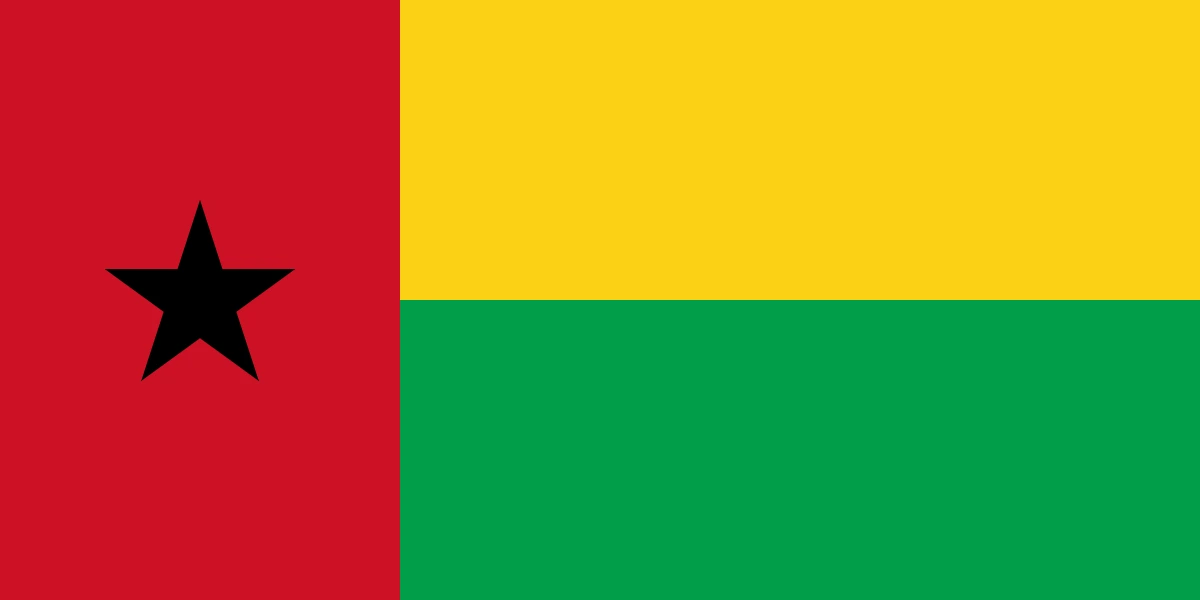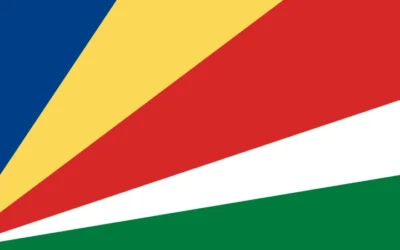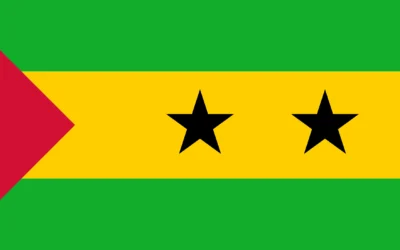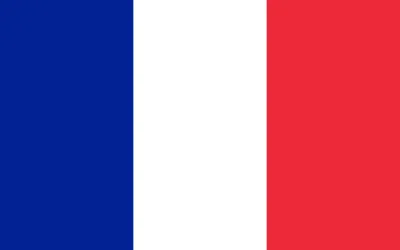Guinea-Bissau Travel Guide
Discover Why You Should Visit Guinea-Bissau
Why Visit Guinea-Bissau?
Guinea-Bissau, a small West African nation with a vibrant cultural heritage and unspoiled natural beauty, is one of the continent’s best-kept secrets. Known for its archipelago of over 80 islands, diverse wildlife, and rich history, it offers a unique off-the-beaten-path experience.
The Bijagós Archipelago, a UNESCO Biosphere Reserve, is the country’s main attraction, where visitors can explore pristine beaches, marine life, and matriarchal island communities.
Ideal for: Nature lovers, cultural adventurers, eco-travelers, and those seeking quiet escapes from mainstream tourism.
Must-Know Facts
Capital/Major City: Bissau
Language(s): Portuguese (official), Crioulo (widely spoken), various indigenous languages
Currency: West African CFA Franc (XOF)
Best Time to Visit: November to May (dry season)
Fun Fact: The Bijagós Islands are one of the few places in the world with matriarchal societies, where women play leading roles in family and cultural life
Top Things to Do
Explore the Bijagós Islands for beaches, birdwatching, and traditional island life
Visit Orango Island National Park to see hippos, saltwater mangroves, and rare bird species
Walk through Bissau’s colonial architecture and lively markets
Learn about traditional beliefs and tabancas (villages) with strong animist customs
Enjoy boat tours through mangroves, estuaries, and fishing villages
Local Culture & Lifestyle
Guinea-Bissau’s culture is a mix of African traditions, Portuguese colonial heritage, and animist spiritual practices. Music, dance, and oral storytelling are central to community life.
Ethnic groups such as the Balanta, Fula, Manjaco, and Bijagó each have distinct customs, languages, and clothing.
The Bijagós communities are especially notable for their women-led societies, where property and leadership pass through the maternal line.
Food & Drink Highlights
Street Food: Grilled fish, fried cassava, rice with spicy sauces, shrimp stews
Restaurants: Local eateries serve hearty stews, seafood, and Portuguese-influenced dishes
Drinks: Palm wine, bissap (hibiscus juice), cashew juice, imported beers
Desserts: Banana fritters, coconut sweets, rice pudding
Main Dish & Culinary Symbols
Signature Dish: Caldo de Mancarra (peanut sauce with meat or fish, served over rice)
Common Ingredients: Peanuts, rice, seafood, cassava, okra, palm oil, chili peppers
Culinary Culture: Meals are often shared with family and are deeply influenced by local ingredients and Portuguese traditions
Symbols & Icons of the Area
Natural Icons: Bijagós Islands, mangrove forests, estuaries, marine turtles
Cultural Icons: Bijagó masks, animist shrines, colonial forts, traditional canoes
Hidden Gems & Off-the-Beaten-Path
Orango Island’s freshwater hippos and remote tabancas
Bolama Island, a former capital with crumbling colonial buildings and serene beaches
Rubane Island’s tranquil eco-lodges and unspoiled nature
Shopping & Souvenirs
What to Buy: Hand-carved wooden masks, woven baskets, bead jewelry, Bijagó textiles
Where to Shop: Bissau’s craft markets, island villages, cultural centers
Getting Around
Public Transport: Informal taxis and minibuses operate in Bissau
Boat Travel: Essential for exploring the islands and reaching remote communities
Car Rentals: Limited but possible through hotels and tour operators
Walkability: High in towns and island villages
Travel Tips
Portuguese and Crioulo are helpful languages; learn basic phrases
Tap water is not potable; use bottled water for drinking
Bring cash, as ATMs and card services are rare outside Bissau
Respect local traditions, particularly on the Bijagós Islands where some customs restrict certain activities for outsiders
Where to Stay
Budget: Guesthouses and simple hotels in Bissau and Bolama
Mid-range: Boutique lodges and family-run accommodations on the islands
Luxury: Eco-resorts on Rubane and Orango Islands with beach access and wildlife tours
Unique: Community-run guesthouses in tabancas offering immersive local experiences
Sample 4-Day Itinerary
Day 1: Arrive in Bissau, explore markets and colonial buildings
Day 2: Boat to Rubane Island, relax on the beach and enjoy fresh seafood
Day 3: Visit Orango Island National Park for nature and cultural tours
Day 4: Return to Bissau or extend to Bolama for history and quiet beaches






0 Comments